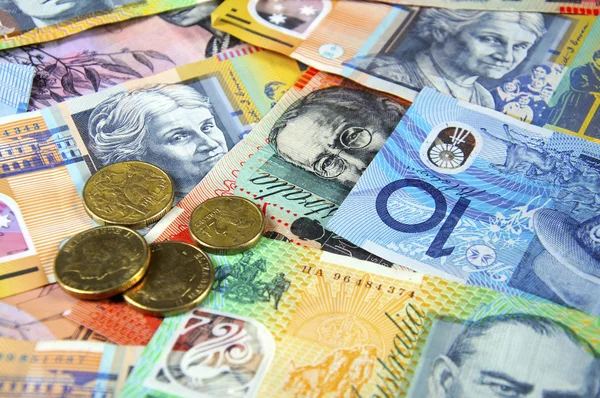Australian dollar falls while the US dollar rises due to higher Treasury yields.
The Australian Dollar (AUD) falls against the US Dollar (USD) as traders await the ISM Manufacturing PMI data due on Tuesday.
The downside of the AUDUSD pair may be limited as dovish sentiment surrounds the Fed.
AUDUSD pair may find some support amid rising dovish predictions for the US Federal Reserve’s (Fed) policy outlook.
Traders are currently focusing on Australia’s Q2 GDP and July Trade Balance figures, as well as a forthcoming speech by the Reserve Bank of Australia
(RBA) Governor Michele Bullock later this week to have a better understanding of the central bank’s aggressive monetary policy.
The US dollar may encounter hurdles due to increased probabilities of a 25 basis point rate cut by the Fed.
The US dollar strengthens as Treasury rates rise. But gains may be restricted by growing expectations of a 25 basis point rate decrease from the Fed in September. Traders will look to upcoming US employment data, particularly the August Nonfarm Payrolls (NFP), for more information on the probable timing and scope of Fed rate cuts.
Daily Market Movers: Australian Dollar falls despite hawkish RBA.
Australia’s building permits increased by 10.4% month on month in July, rebounding dramatically from a 6.5% decrease in June and marking the biggest growth since May 2023. The annual growth rate was 14.3%.Significant improvement above the prior 3.7% drop.
China’s Caixin Manufacturing PMI increase to 50.4 in August from 49.8 in July. Which is significant giving China’s tight trade ties with Australia.
The US Bureau of Economic Analysis said on Friday that the headline Personal Consumption Expenditures (PCE) Price Index rose 2.5% year on year in July, mirroring the previous figure but falling short of the expected 2.6%. Meanwhile, the core PCE, which includes volatile food and energy costs, increased by 2.6% year on year in July, in line with the previous result but somewhat lower than the consensus projection of 2.7%.
US Gross Domestic Product (GDP) increased at an annualized rate of 3.0% in the second quarter.
The US Gross Domestic Product (GDP) increased at an annualized rate of 3.0% in the second quarter, beating both predicted and historical gains. The rate is 2.8%. Furthermore, Initial Jobless Claims data revealed that the number of people filing for unemployment benefits declined to 231,000 for the week ending August 23, down from the previous 233,000 and somewhat lower than the projected 232,000.
Australia’s Private Capital Expenditure unexpectedly fell by 2.2% in the second quarter, reversing a previously corrected 1.9% rise and falling short of market forecasts for a 1.0% increase. This is the first reduction in new capital expenditures since the third quarter of 2023.
Australia’s Monthly Consumer Price Index (CPI) rose by 3.5% year on year in July, down from 3.8% in June.
Australia’s Monthly Consumer Price Index (CPI) rose by 3.5% year on year in July, down from 3.8% in June but slightly higher than the market forecast of 3.4%. Despite the small reduction, this is the lowest CPI since March.
The President of the Federal Reserve of Atlanta Raphael Bostic, a prominent hawk on the FOMC, suggested this week that it may be “time to move” on rate cuts due to continued dropping inflation and a higher-than-expected unemployment rate.









